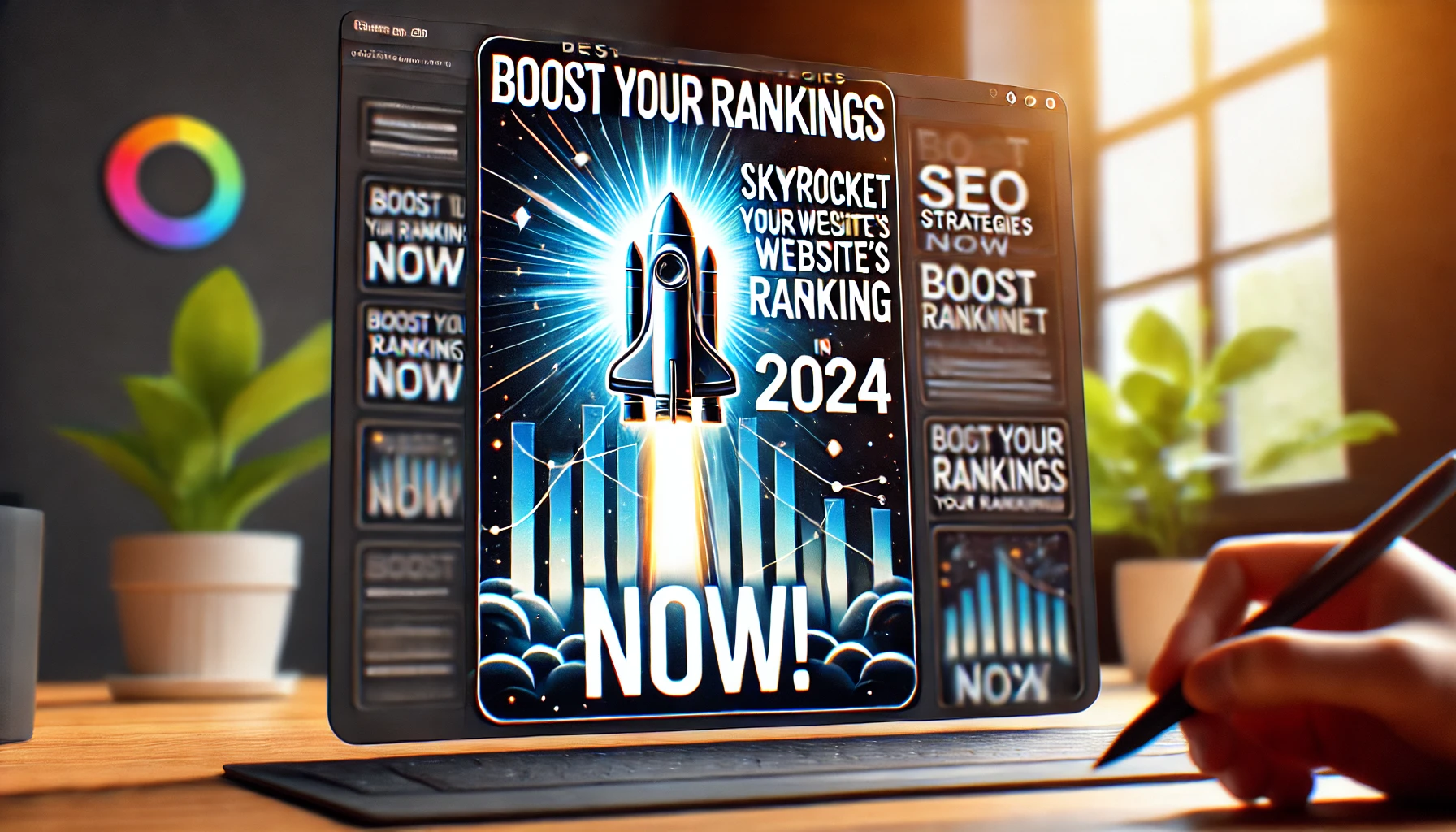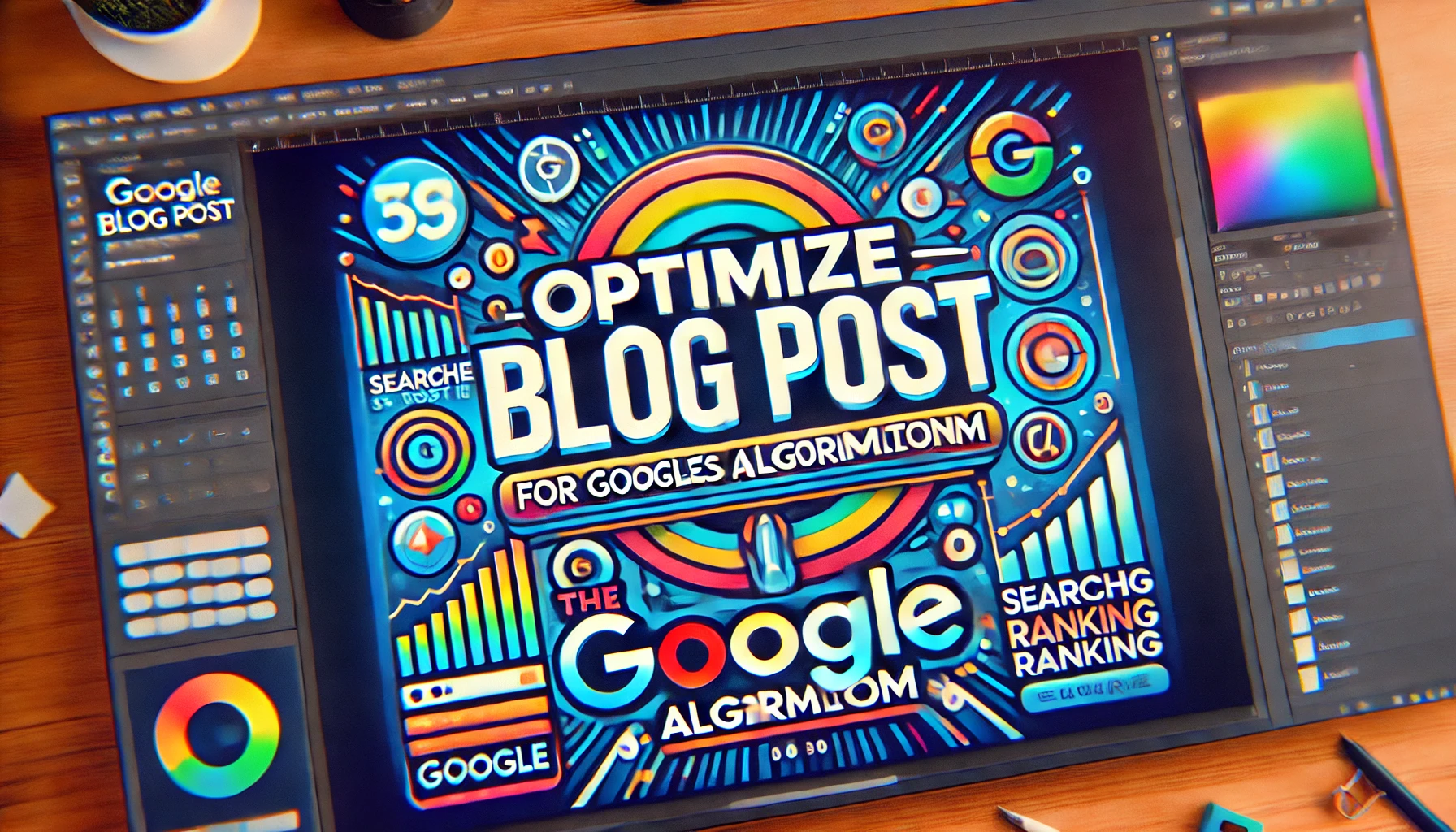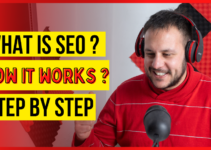
Introduction: In the vast digital landscape, on-page SEO has emerged as a crucial factor in optimizing website visibility and driving organic traffic. By optimizing various on-page elements, businesses can enhance their search engine rankings and improve the overall user experience. This article explores the magic of on-page SEO, shedding light on key strategies and techniques that can unlock your website’s full potential and propel it to the top of search engine results.
- Keyword Research and Optimization: Effective on-page SEO begins with thorough keyword research. By identifying relevant keywords and incorporating them strategically into your content, meta tags, headings, and URLs, you can signal to search engines the intent and relevance of your webpages. However, keyword optimization goes beyond mere insertion. It involves providing valuable, contextually rich content that aligns with user search queries, striking the delicate balance between optimization and user experience.
- Compelling and Optimized Content: Content remains king in the realm of on-page SEO. It should be informative, engaging, and tailored to your target audience’s needs. By crafting high-quality content that addresses users’ queries and provides valuable insights, you not only capture their attention but also increase the likelihood of attracting backlinks and social shares. Additionally, optimizing content with relevant headers, bullet points, and internal links further enhances its readability and SEO effectiveness.
- Page Speed and Mobile-Friendliness: In an era where speed and mobile accessibility are paramount, optimizing your website for fast loading times and mobile-friendliness is essential. Search engines prioritize websites that provide a seamless user experience, and slow-loading or non-responsive sites are penalized. By optimizing images, minimizing code, leveraging browser caching, and adopting responsive design principles, you can enhance your website’s performance, improve user satisfaction, and bolster your search engine rankings.
- Meta Tags and Descriptions: Meta tags and descriptions are HTML elements that provide concise summaries of webpage content. Optimizing these elements with relevant keywords, compelling descriptions, and clear calls to action can significantly impact your click-through rates. By crafting meta tags and descriptions that entice users and align with their search queries, you increase the likelihood of attracting qualified traffic and improving your website’s visibility in search engine results.
- URL Structure and Site Architecture: A well-structured URL and intuitive site architecture contribute to better user experience and improved SEO. URLs should be concise, descriptive, and keyword-rich, providing users and search engines with a clear understanding of the page’s content. Additionally, organizing your website into logical categories, using breadcrumb navigation, and implementing internal linking strategies enhance site crawlability, enabling search engines to index and understand your website more efficiently.
Conclusion: On-page SEO holds the key to unlocking your website’s full potential by optimizing various elements within your control. By conducting thorough keyword research, crafting compelling content, optimizing meta tags and descriptions, ensuring page speed and mobile-friendliness, and organizing your site effectively, you can improve your search engine rankings, attract qualified traffic, and provide an exceptional user experience. So, dive into the realm of on-page SEO, harness its magic, and watch your website rise to new heights of visibility and success.


